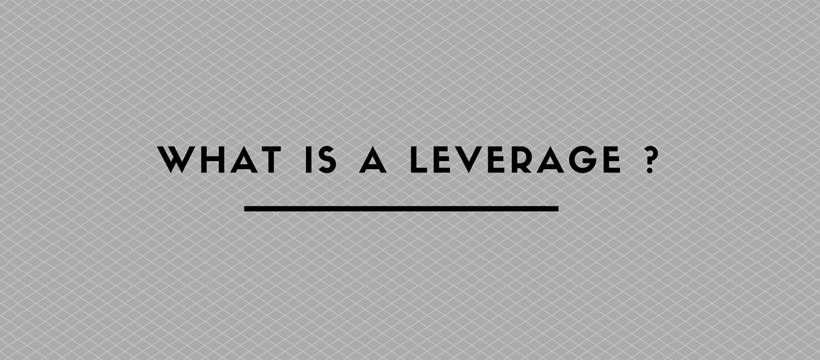Forex Trading is an activity that captivates both professionals and laypeople. The reason is not only its ability to generate profits but also the playful dimension that permeates it. In its own way, Forex is fun and exhilarating. This is demonstrated by the incredible variety of tools made available to traders. Among these, leverage definitely stands out.
The term "leverage" refers to the financial instrument capable of multiplying the volume moved by the trade. In short, thanks to leverage, the trader can enjoy profits far greater than those generally attributed to the capital actually invested.
Leverage is expressed through a ratio. If the latter, for example, is 1:10, it means that the trade - let's hypothesize - by investing 100, will have the opportunity to collect profits as if it were investing 10 times as much, i.e., 1,000 euros.
Brokers provide leverage in various sizes. The most used, because it is balanced, is precisely 10:1. However, it is not uncommon to appreciate ratios of 50:1, 100:1, or even higher.
From this simple reasoning, it is clear the importance that leverage has in Forex Trading. In fact, it allows to quickly increase profits, which is one of the needs of the "laypeople", that is, of those who, as normal people, engage in speculative investment. Ordinary people often do not have large amounts of capital available, but with leverage, they can put themselves on the same level as professionals and trade as if they had a much larger capital.
Nevertheless, leverage is a double-edged sword. It can be advantageous but also very, very dangerous. The reason is simple. If on the one hand it increases potential profits, on the other hand, it increases potential losses. So if we trade with a leverage of 1:100, investing 100 euros, and the gain-loss is in the order of 1%, it is true that we can earn 100 euros, but we could also lose 100, which is the total of the initial investment.
There are two pieces of advice to follow.
The first: use leverage only when you have fully mastered the subject and have reached a certain degree of experience.
The second: don't overdo it. Obviously, every trader is a story in itself, and is characterized by its own "tolerance to defeat". This does not mean that high ratios are objectively dangerous. Conventionally, it is believed that the perfect leverage is 1:10, although some go further and consider even 1:100 as practicable in a context of prudence. It is up to the trader to find his (personal) balance.




